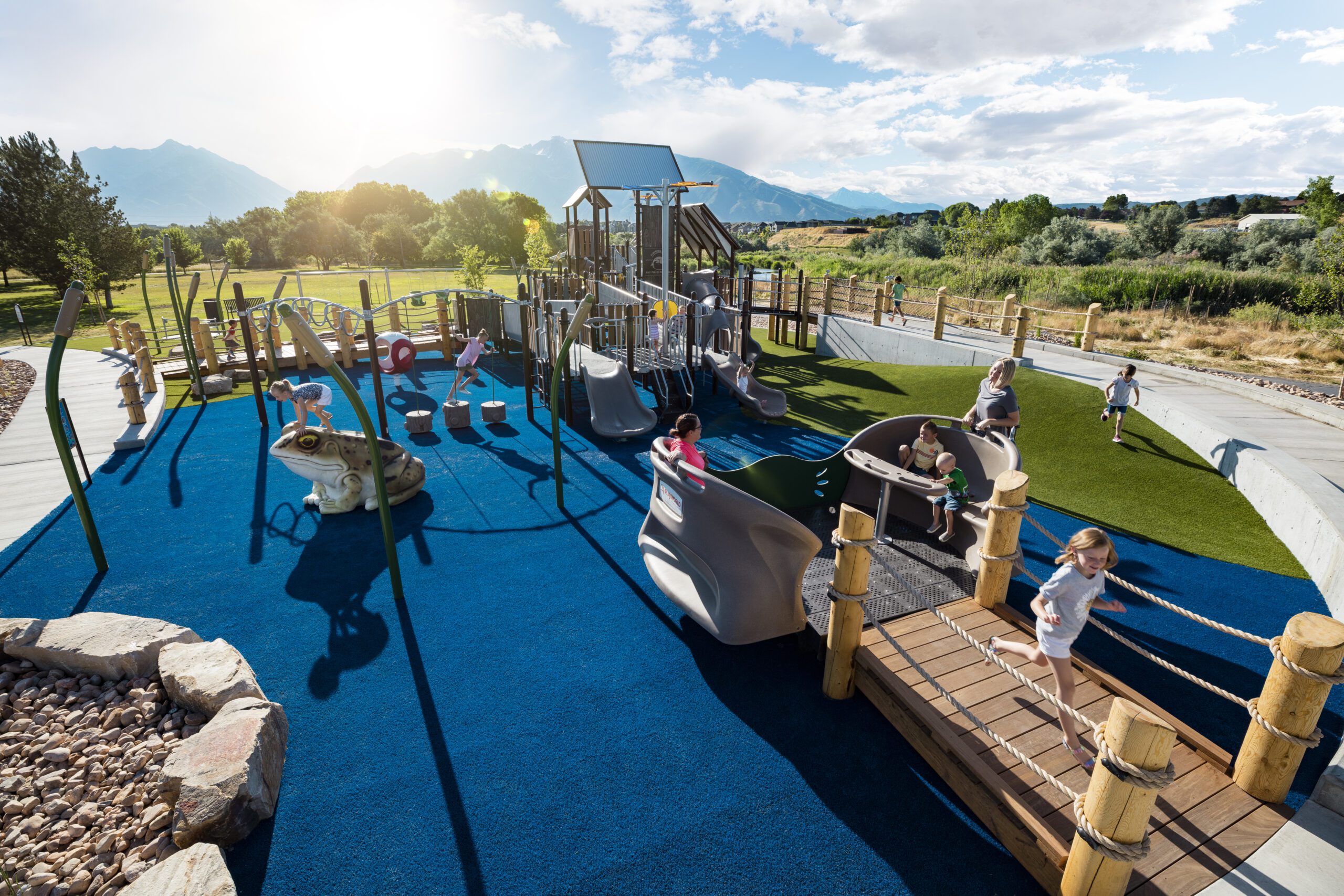Promoting Active Lifestyles: The Connection between Parks and Health
Introduction: Parks play a pivotal role in promoting active and healthy lifestyles, offering individuals and communities a space to engage in physical activity, connect with nature, and improve their overall well-being. In this blog post, we will delve into the numerous ways in which parks are intrinsically connected to physical and mental health, highlighting the importance of preserving and enhancing these green spaces for the benefit of all.
Physical Health Benefits:
Opportunities for Physical Activity: Parks provide a wide range of options for physical exercise, from jogging trails and sports fields to cycling paths and outdoor fitness equipment. These options encourage regular physical activity, which is essential for maintaining good health.
Nature’s Gym: Being in a natural, green environment can make exercise more enjoyable and less strenuous. People are more likely to engage in physical activities like walking or hiking when they are surrounded by the beauty of nature in a park.
Reduced Sedentary Behavior: Parks offer alternatives to sedentary activities like watching TV or using digital devices. By providing an appealing outdoor environment, parks can reduce the time people spend sitting and contribute to a more active lifestyle.
Improved Cardiovascular Health: Regular physical activity in parks can lead to improved cardiovascular health, helping to lower the risk of heart diseases, obesity, and related health issues.
Mental Health Benefits:
Stress Reduction: Spending time in green spaces has a calming effect on the mind, reducing stress and anxiety levels. The natural surroundings of parks provide an escape from the hustle and bustle of daily life.
Enhanced Mood: Exposure to nature and outdoor activities releases endorphins, which are natural mood lifters. Parks can contribute to increased happiness and reduced symptoms of depression.
Social Interaction: Parks serve as community hubs, where people can gather for various activities. Socializing and connecting with others in a pleasant outdoor setting can improve mental well-being.
Access to Nature:
Biophilia: Humans have an innate connection to nature, known as biophilia. Parks fulfill this need for nature interaction, which can lead to enhanced mental and emotional health.
Educational Opportunities: Parks can be used as outdoor classrooms for environmental education. Learning about nature and ecosystems not only increases awareness but also promotes a sense of responsibility for the environment.
Community Health:
Community Bonding: Parks are gathering places where communities come together for events, sports, or simply to enjoy a shared green space. This sense of community and belonging is essential for overall well-being.
Equality and Access: Public parks are accessible to all members of the community, promoting equity in terms of access to health-promoting spaces. They help bridge socio-economic and cultural gaps.
Conclusion: Parks are not just recreational areas; they are vital contributors to our physical and mental health. The connection between parks and health is profound, with benefits ranging from improved physical fitness and mental well-being to stronger communities and environmental awareness. As such, it’s crucial to invest in and preserve these green spaces, ensuring that they continue to play a central role in promoting active and healthy lifestyles for all. By recognizing the intrinsic value of parks, we can make our communities healthier and more vibrant places to live.




